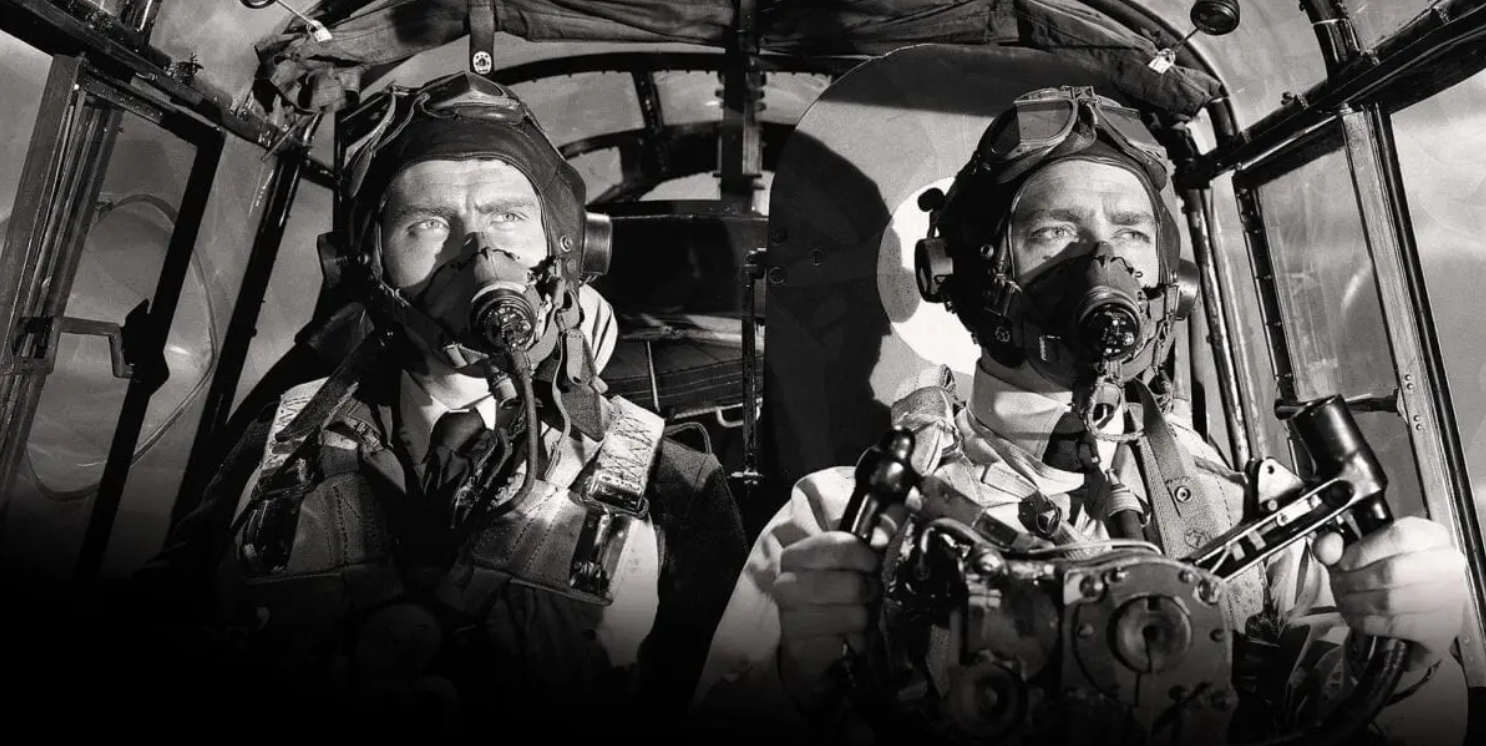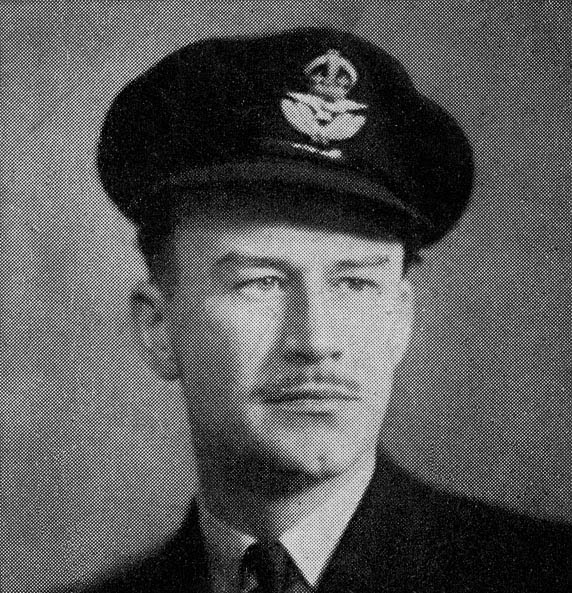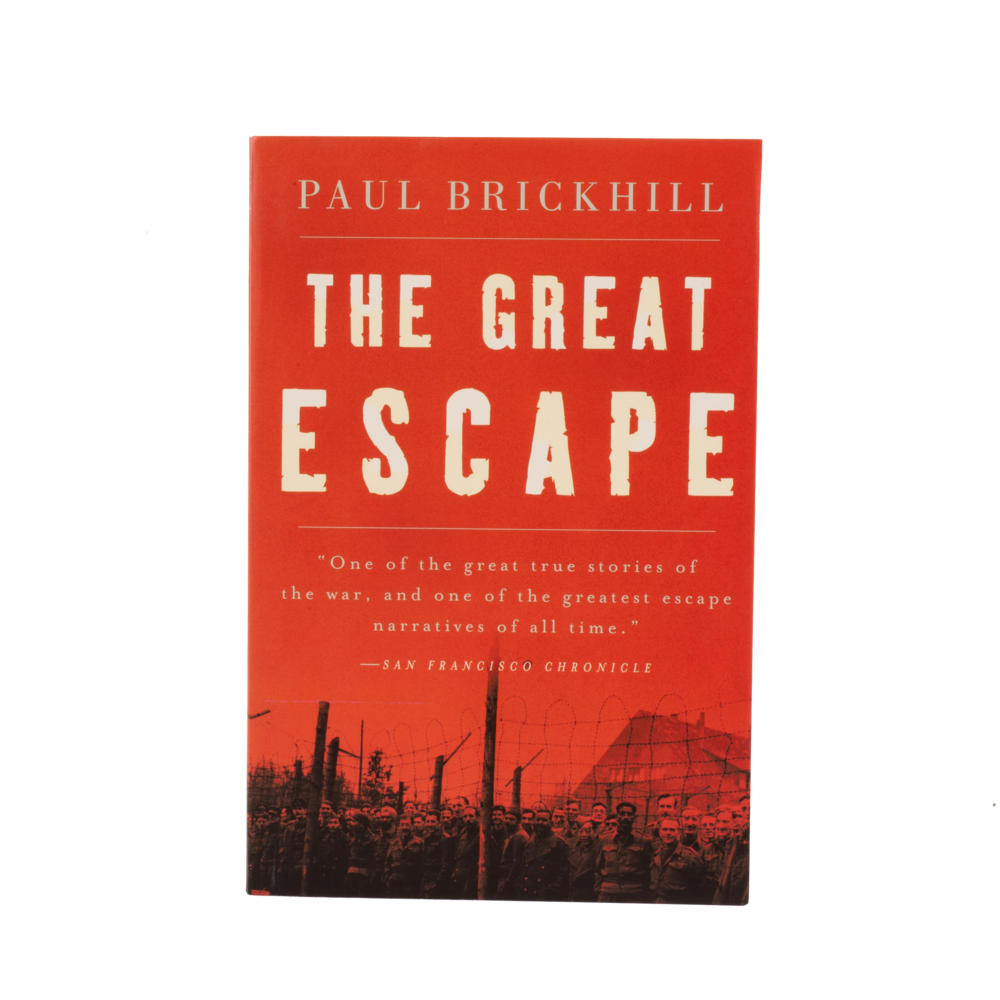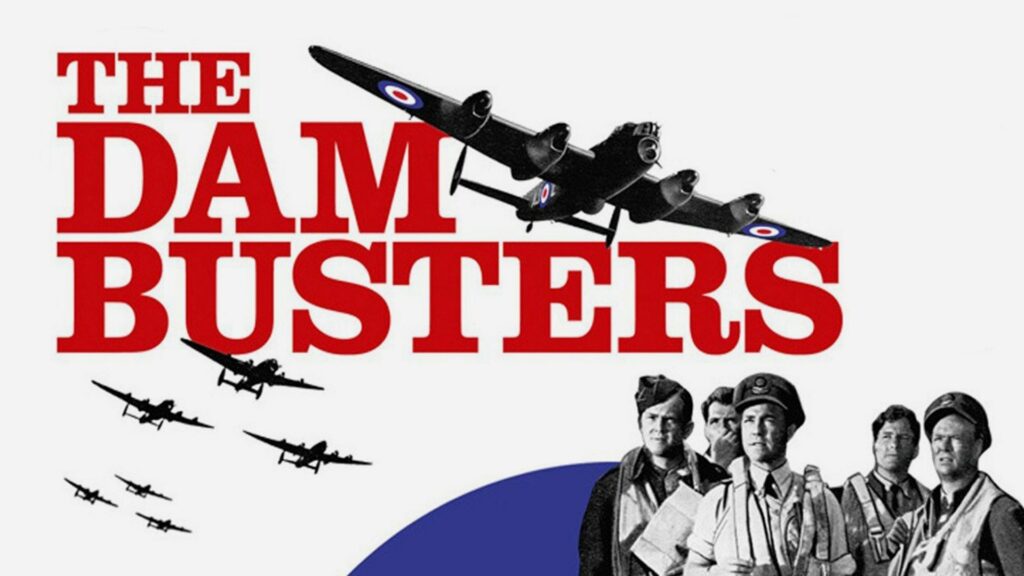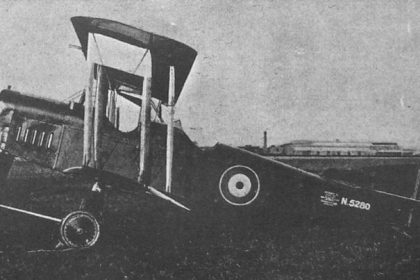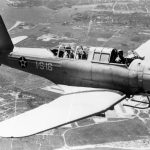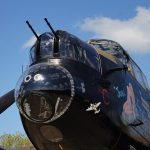“Vintage Aviation News staff did not write this article; the content comes via our partners who wish to help support our website.”
Although the name Paul Brickhill may not be familiar to the modern generation, the Australian journalist and fighter pilot certainly made his mark on the literary world, recounting his own experiences and those of others during the course of World War II.
Shortly after the fall of France and the dramatic events at Dunkirk, like many Australians at the time, Brickhill found himself inspired to join the war effort. He enlisted with the Royal Australian Air Force (RAAF) in January 1941, training as a fighter pilot in Canada and the United Kingdom, then assigned to fly Spitfires with 92 Squadron RAF in the North African theatre of conflict.
The Great Escape and The Literary Career
In March of 1943, Brickhill was shot down while on a mission over Tunisia, where he was captured. Flown to Italy and then taken by train to Germany, the Australian pilot was eventually transported to the infamous Stalag Luft III prisoner-of-war camp. And it was here that Brickhill played his part in what became known as The Great Escape.
Although working as a tunnel digger was halted by claustrophobia, Brickhill headed the security around forgers, acting as a “stooge” and lookout. However, due to those issues endured in the tunnels, he was not permitted to participate in the mass escape itself. Nevertheless, once news reached the camp of murdered escapees, the Australian found himself compelled to document these events.
Following the war and his release, Brickhill returned to journalism. Collaborating with fellow prisoner Conrad Norton, they published Escape to Danger in 1946, syndicated to various Australian newspapers. Brickhill then relocated to England in 1949, where he began preparing a full account of the mass escape from Stalag Luft III, releasing The Great Escape in 1950.
His impressive telling of events impressed readers, and after extensive research on the topic, Brickhill authored The Dam Busters in 1951. This publication covered the history of the 617 Squadron and their achievements during Operation Chastise, destroying dams in the Ruhr Valley with those famed bouncing bombs.
Following the success of both novels and with The Dam Busters having become a cinematic production, another legendary figure in the RAF approached Blackhill about writing his biography. This was Douglas Bader, the Battle of Britain ace, leading to their collaboration for the release of Reach for the Sky in 1954, which quickly became a best-seller.
Interacting Directly with Fascinating WWII Stories
Throughout the decades following WWII, there was an appetite for stories about the conflict, particularly when it came to cinematic productions. Thanks to his exceptional research, knowledge, and written work, The Dam Busters was released at movie theatres in 1954. Shortly afterward in 1956, Reach for the Sky was a box office success at British cinemas.
Eventually, in 1963, the production of The Great Escape was completed, featuring an all-star ensemble cast, going on to become one of the most iconic war movies of all time. But as times and technologies have advanced, the written works of Brickhill and the subsequent cinematic ventures have inspired games in the digital age.
Several video games have claimed The Great Escape title, including releases in 1986 and 2003, while Reach for the Sky has directly inspired various WWII-themed games and flight simulations. Remarkable as it may seem, both the literary works and movies have also motivated online pokies, including Wings of Gold and the most obviously titled Great Escape, which are hugely popular among Australian casino gamers.
Now featured at the best mobile casinos in Australia, while the risks and rewards involved may be different compared to those which WWII heroes experienced, the focus these days is more towards entertainment in the palms of our hands. But reviews are highly positive surrounding the theme of daring pilots or courageous escape attempts, whenever players gamble responsibly with real money instead of their lives at recommended casino sites.
Brickhill was a genuine Aussie war hero and one who made an invaluable contribution towards understanding the biggest conflict in human history, telling the stories of those who participated and put everything on the line. These remarkable tales will undoubtedly inspire generations to come, whatever technological mediums the present and future may bring, preserving the honor and memory of those involved.
“Vintage Aviation News staff did not write this article; the content comes via our partners who wish to help support our website.”







